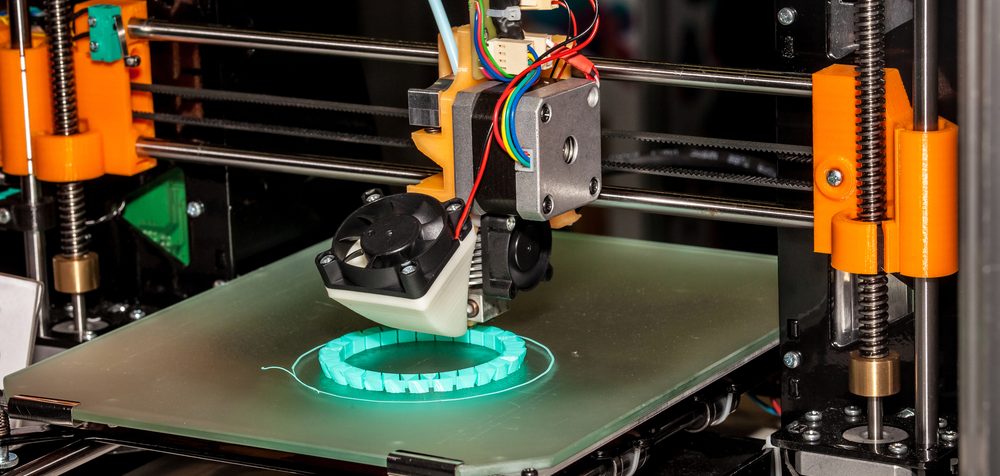
As part of the goal to create biodegradable marine robots, researchers at Carnegie Mellon University are 3D printing biodegradable actuators. The actuators are created using a bio-ink made of materials sourced from common brown seaweeds.
The team has identified designs and printing parameters that allow water-tight structures to be printed using the FRESH Printing method. FRESH Bioprinting – or Freeform Reversible Embedding of Suspended Hydrogels Bioprinting – allows for the printing of soft gels. These soft gels are printed inside of another soft support gel, ensuring that the printed structure does not collapse during the printing process.
“We are very excited to expand the fabrication capability of the FRESH Printing method and optimize it for soft robotic applications,” stated Wenhuan Sun, paper co-author. “The unique benefits of FRESH make it possible to create robotic structures with a combination of unusual properties.”
The new biodegradable actuators are soft and small-scale, and can extend, bend, and twist. They may also be combined into structures for gripping and positioning. These properties came about due to the use of seaweed-based inks that rely on calcium to crosslink and form gels. The team was able to leverage the material properties in order to create actuators that can change shape and stiffness by varying the degree of crosslinking in the actuators. The actuators are fully biodegradable, degrading in natural ocean conditions within seven days. They can also be safely consumed by marine organisms, thus posing minimal risk to the environment.
“How do we balance the need for advanced soft robotic structures with the potential environmental impact that results from their creation? We believe that the biodegradable actuators printed using FRESH are a promising solution, and we are excited to continue making improvements,” said paper co-author Ravesh Sukhnandan.
The research team hopes to further understand actuator performance in natural environments and extend this printing approach to complete robotic structures.
